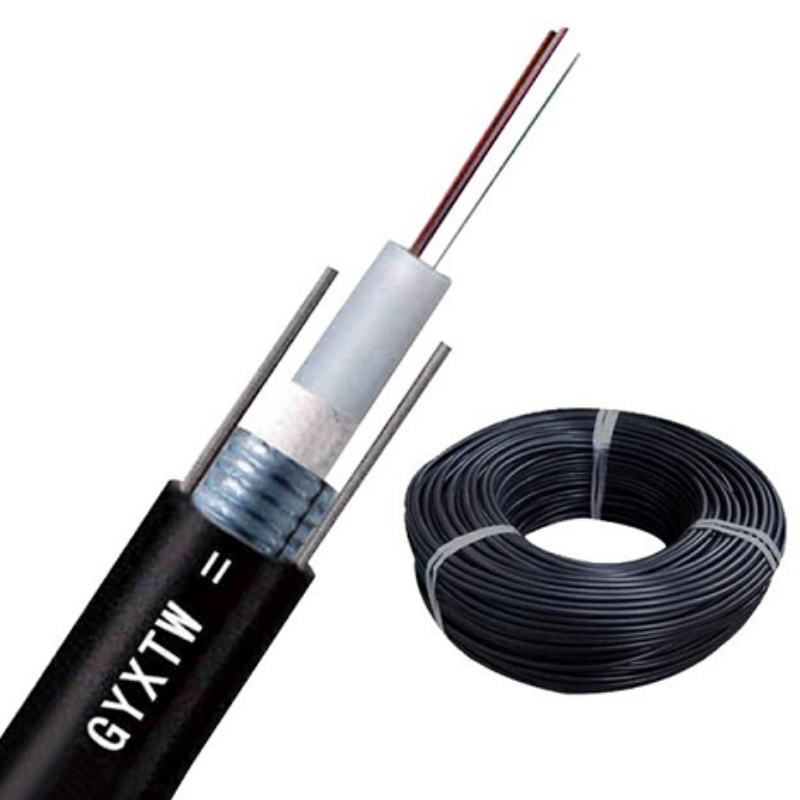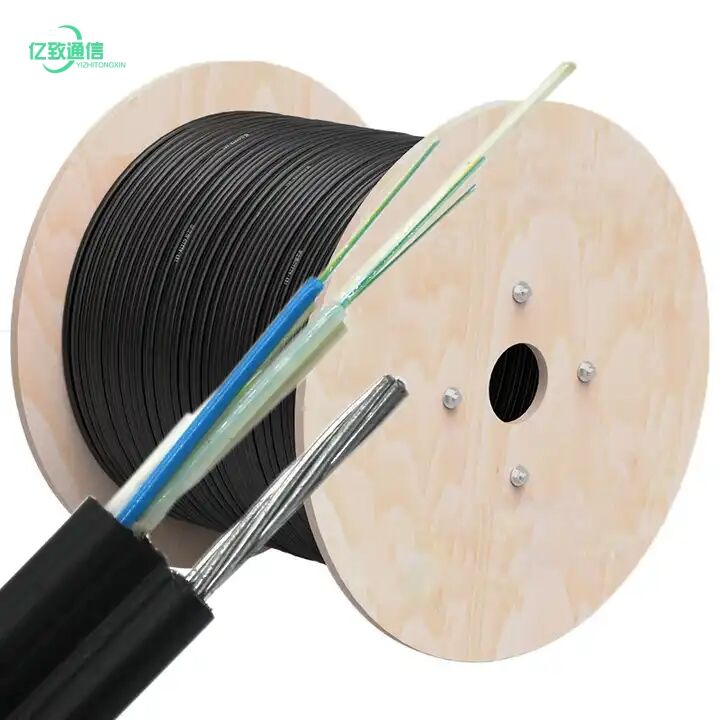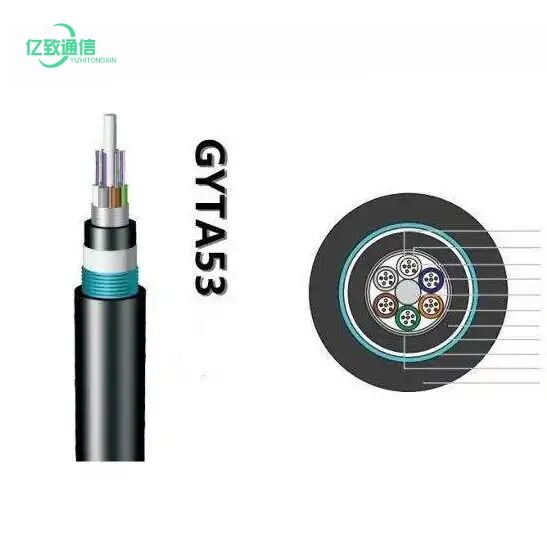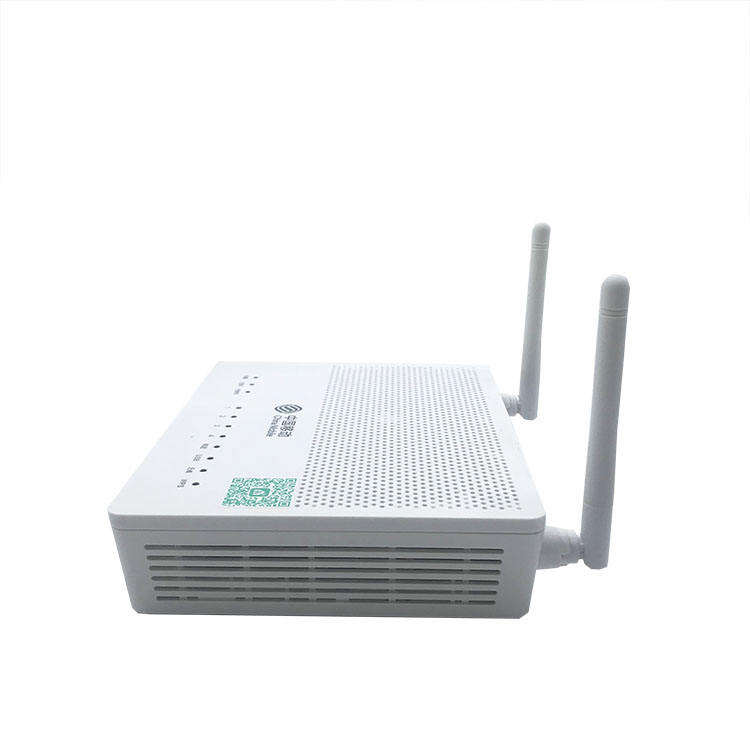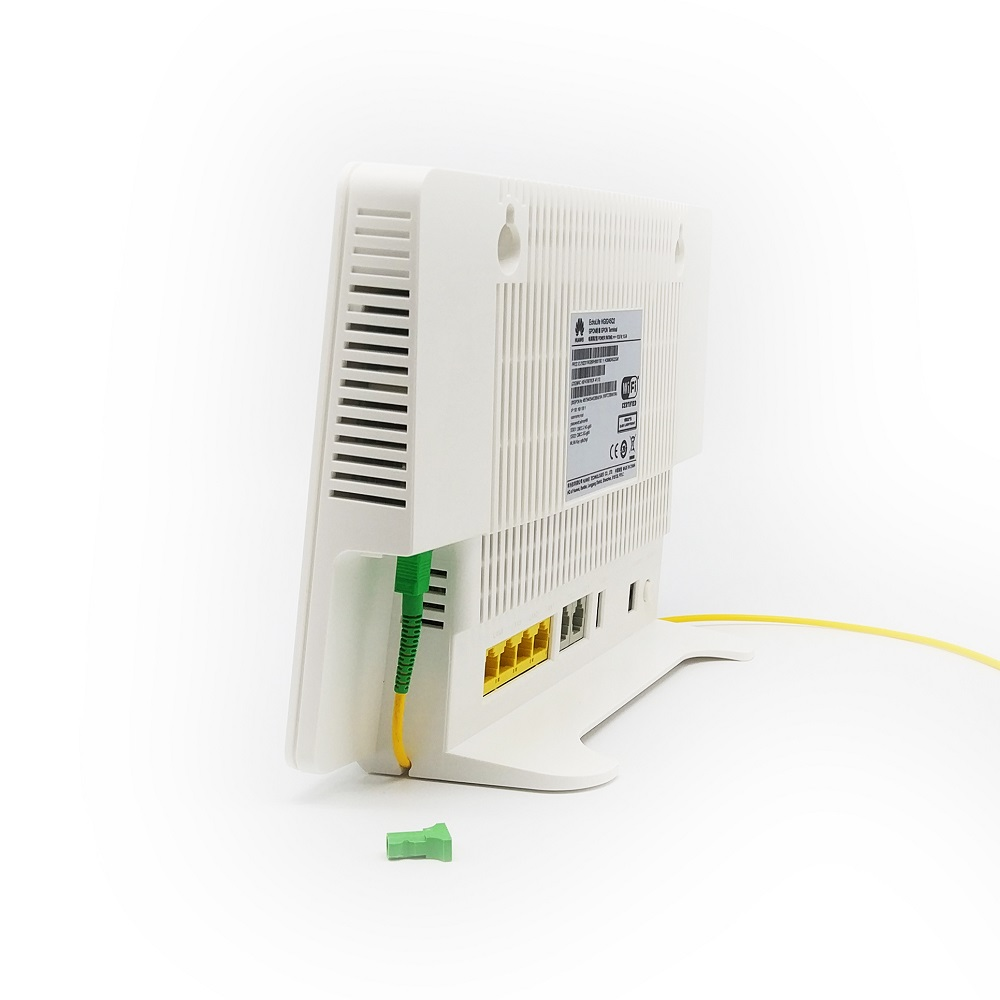multi mode optical fibre
Multi mode optical fibre represents a groundbreaking advancement in telecommunications technology, serving as a vital medium for transmitting data through light pulses. This specialized fiber features a core diameter typically ranging from 50 to 100 micrometers, significantly larger than single mode fibers. The defining characteristic of multi mode fiber is its ability to carry multiple light rays, or modes, simultaneously through its core. The fiber's construction consists of a glass core surrounded by a cladding layer with a lower refractive index, enabling the principle of total internal reflection. This design allows light to bounce off the core-cladding boundary while traveling through the fiber, making it ideal for short to medium distance communications. Multi mode optical fibre particularly excels in local area networks (LANs), data centers, and enterprise networks where distances typically range from a few hundred meters to several kilometers. The technology supports high bandwidth applications and can handle data rates up to 100 Gbps in modern installations. Its larger core size makes it more tolerant of precise alignment requirements, resulting in lower installation and maintenance costs compared to single mode alternatives.

